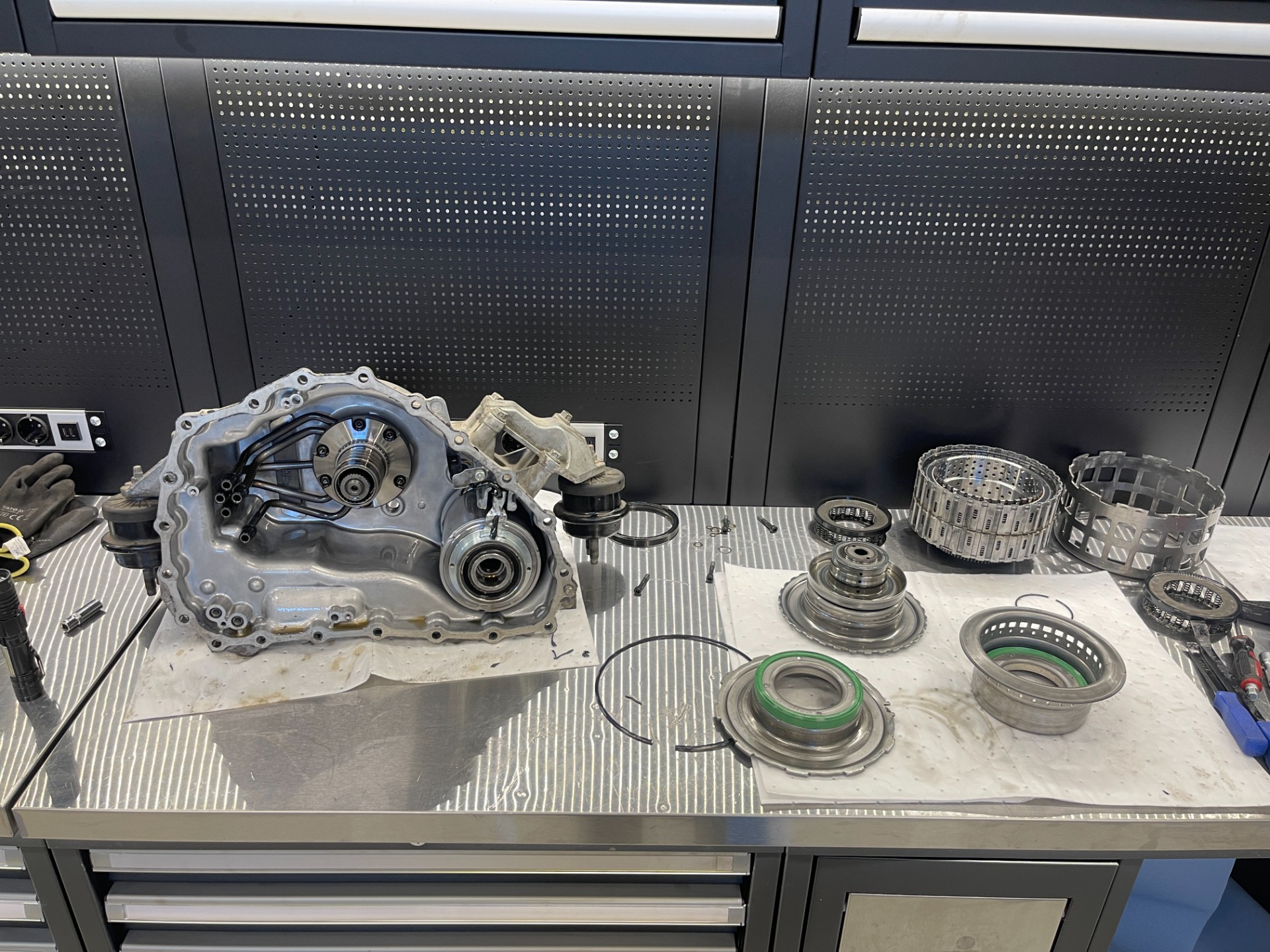Nissan R35 GT-R & Transmission Common Issues – Experiences and Upgrades
For many Nissan R35 GT-R owners, the transmission is a well-known source of trouble — both cooling and clutch issues often arise when the car is driven hard, whether on the street or on the track.
At QT, we've become very familiar with this gearbox through multiple cars, and in this blog we'll share our experiences, the most common faults, and the upgrades that have taken reliability and performance to a whole new level.
Step One – Fixing the Transmission Cooling
Many owners upgrade their clutches and internal parts but completely overlook the importance of proper cooling. In the GT-R, transmission oil temperatures can easily exceed safe limits: with the stock cooling setup, it can reach over 115°C even during normal street driving. On the track, the risks are even greater.
Our solution was to rebuild the entire cooling system using Villa Racing's high-quality billet oil pan and a proper oil cooler setup. We replaced the lines with safer versions, added solid fittings, and upgraded the front cooler for better efficiency. Now, even in track use, oil temperatures stay below 105°C — a significant improvement!
Clutch Upgrades and the Importance of Seals
Another common weak point is the clutch seal system. During repairs, these seals are often left untouched, which can eventually lead to a completely immobile car — once a seal fails, the transmission won't deliver power at all. We replaced the old seals as soon as there was any doubt about their age, upgrading them to reinforced versions at the same time.
The clutch pack is now rated for up to 1300 horsepower, though real-world durability can only be confirmed through use. The entire transmission and clutch assembly were overhauled — bearings replaced and everything refreshed — and now the system works flawlessly.
Engine Break-In – The Key to Longevity
There are many myths about how to properly break in a new engine. Many drivers keep the revs too low for the first few hundred kilometers, but in reality, piston rings seat correctly only under higher cylinder pressures and brief full-throttle runs. In our experience, some light smoke during the first 50 km is normal — after a few strong pulls, the rings settle, and the smoke disappears.
The Result
With both the transmission and engine upgraded, the GT-R now performs exactly as it should — perfectly smooth on the street and rock-solid on the track. All unwanted vibrations are gone, and there are no more oil leaks.
If you've got a GT-R in your garage that could use an upgraded engine, transmission, or improved cooling system — you know where to find us.
-QT

